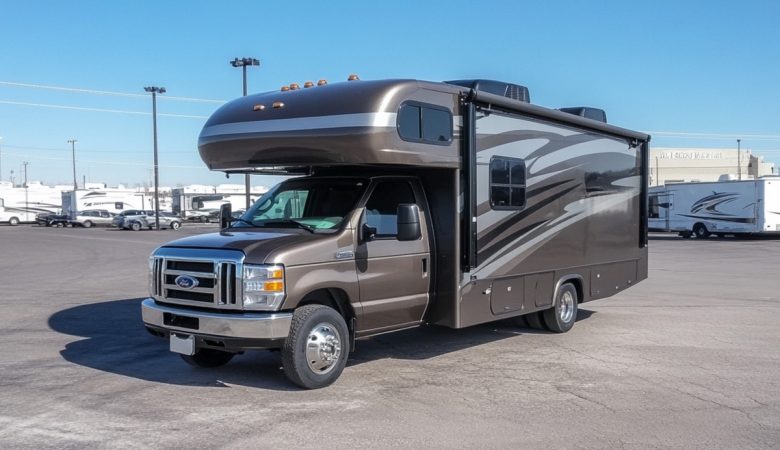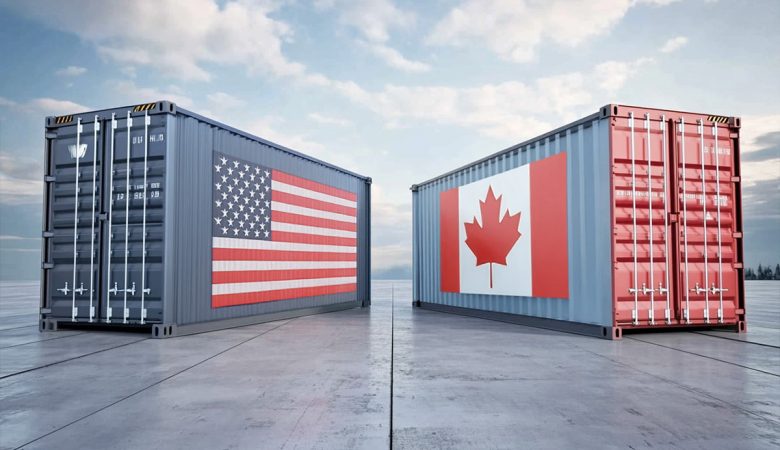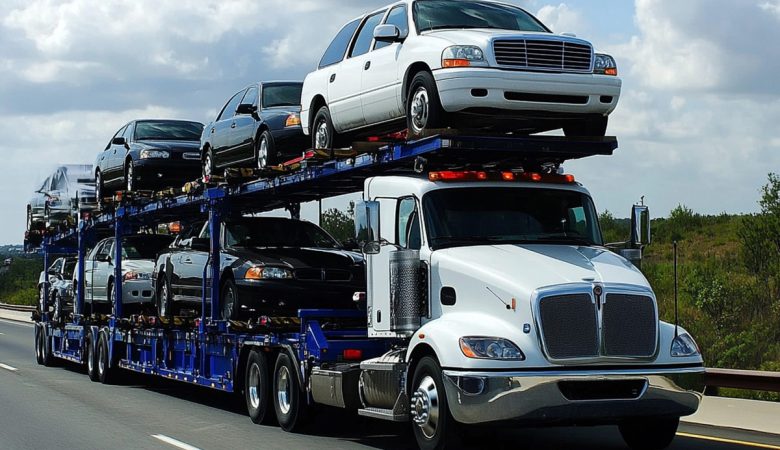
If you’ve never shipped a vehicle or been exposed to a Bill of Lading, this article will give you a solid understanding of the document’s purpose and content. If you’re already familiar with a BOL, then this is maybe a good refresher.
The Bill of Lading is probably the most important piece of paperwork when shipping a vehicle. It’s not only your receipt, it’s also an inspection report, terms and conditions sheet, and a dispatch report. Understanding what your Bill of Lading does and what protections it gives you – as well as what is not protected—is your responsibility.
You don’t want any surprises as part of the shipping experience, and understanding the terms and conditions is key to that. Of course, this article is an overview. Individual carries will have a variety of formats and details on their Bill of Ladings, but these are the standard elements.
Vehicle Condition
The vehicle condition section is where any current damages will be marked when the driver picks-up the vehicle. When there are dents and dings each one should be marked, as well as notes about broken windows or other items. When the car has suffered major damage and the individual items are too numerous to list, a driver may just circle a section of the car where there’s damage. There are variations of this section of the Bill of Lading, but any diagrams should allow you to easily understand where there is damage. Many Bills of Lading are tailored to the specific type of vehicle: minivans, pick-ups, hot rods, SUVs, sedans, coupes, etc. Your Bill of Lading doesn’t need to have customized diagrams but make sure it reasonably represents your vehicle.
Terms and Conditions
Terms and conditions are important. You don’t want to just skim over these. Carriers have different T&Cs, so even if you’ve shipped before, you’ll want to read the T&Cs for your current carrier. The terms and conditions for auto transporters will likely vary in verbiage, details, length, and content, so you really want to read them. This is where expectations are set. You don’t want to be in a situation where things didn’t go the way you expected because you didn’t read the terms and conditions. These situations do happen in the car shipping industry, as they do in many other industries, so please make sure that you pay attention to all the legalities regarding your carrier.
Signatures
When your vehicle arrives, you and the driver will both sign the Bill of Lading. Before you sign it, you’ll want to do a visual inspection and compare that will what is indicated in the Vehicle Condition section. If you don’t agree with what is on the document, don’t sign it. This is a legal document and once you sign it then it’s binding. Your signature releases the carrier and it indicates they have completed their part of the transaction to your satisfaction.
Wrap Up
Understanding your Bill of Lading will help minimize any stress you may feel about shipping a vehicle. We know that people want to have something in their presence once they’ve paid for it, especially when it costs as much as a car. But when that something requires shipping, we, at EasyHaul, do everything possible to make sure your experience is smooth and worry-free.





Leave a Reply
You must be logged in to post a comment.